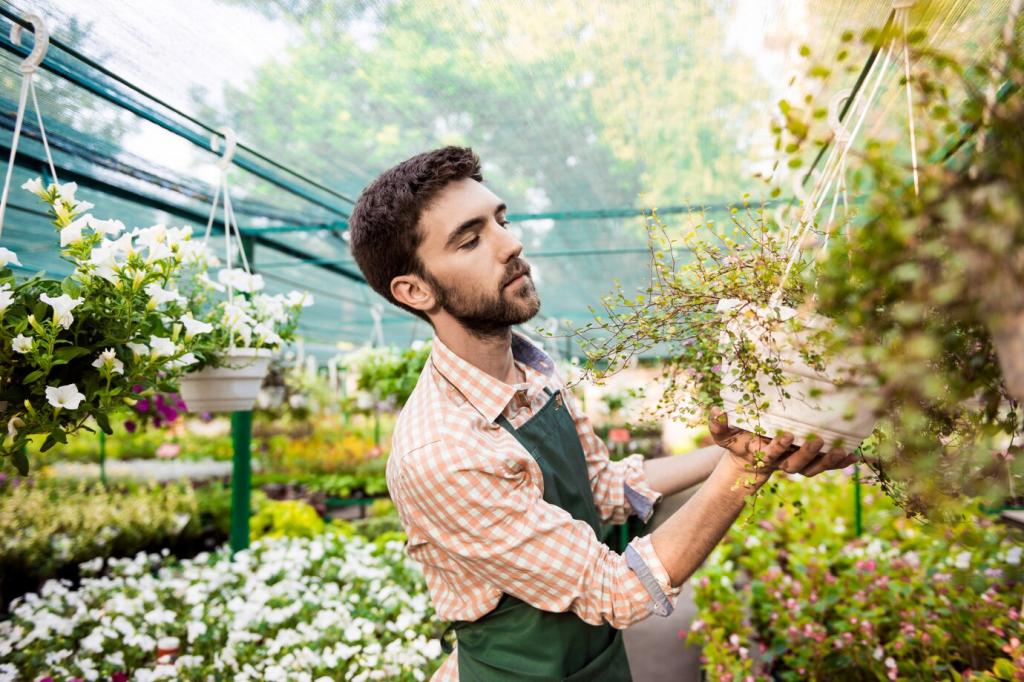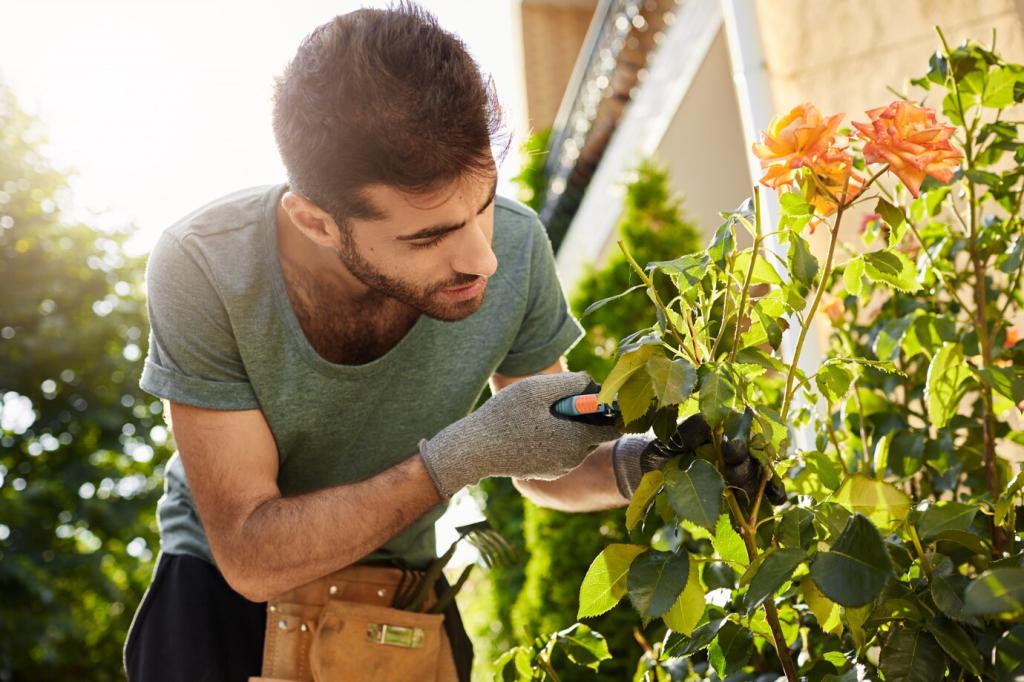
Maximizing Green Spaces in Urban Environments
Exploring the potential to enhance green spaces in urban areas is crucial for building healthier, more sustainable, and enjoyable cities. Green spaces not only improve air quality and provide vital habitats for urban wildlife but also offer residents much-needed respite from city life. This web page delves into comprehensive strategies and practical approaches to maximize green spaces, discussing their integration, design innovations, and the multidimensional benefits they confer upon cities and citizens alike.
Integrating Nature into Urban Design
01
Green corridors create natural linkages between parks, gardens, and natural reserves within a city, forming networks that support both wildlife movement and human recreation. By connecting fragmented green spaces through street plantings, linear parks, or revitalized riverbanks, cities can facilitate the movement of pollinators and migratory species, reduce heat islands, and provide safe, accessible pathways for pedestrians and cyclists. Such corridors promote a sense of continuity in the urban green landscape and play a vital role in maintaining urban biodiversity while encouraging healthier lifestyles among residents.
02
Urban parks and pocket gardens are essential components in any strategy to maximize green space. Large city parks provide extensive recreational opportunities and ecological benefits, serving as lungs for dense urban cores. In contrast, pocket gardens creatively utilize underused spaces—such as small lots, street corners, or rooftops—to bring nature closer to people’s daily lives. Together, these green spaces foster social interaction, boost mental well-being, and are critical in managing stormwater runoff. Their thoughtful distribution throughout neighborhoods ensures all residents can access and enjoy the benefits of urban greenery.
03
The concept of multi-use green infrastructure emphasizes designing spaces that perform several functions at once, such as recreation, ecological support, and climate regulation. Examples include community gardens that act as floodwater retention ponds, or sports fields that double as pollinator habitats. This multifunctionality maximizes the utility of limited urban space and makes green interventions more economically viable. By integrating multiple uses into green spaces, cities can cater to the diverse needs of their populations while enhancing resilience to environmental challenges.

Vertical Gardens and Green Roofs
Vertical gardens and green roofs represent pioneering solutions for densely populated urban centers where horizontal space is at a premium. These installations bring plant life up the walls and rooftops of buildings, improving insulation, reducing stormwater runoff, and enhancing air quality. Besides their functional roles, they can transform the visual landscape of a city, turning grey facades into vibrant, living canvases. As cities grapple with the challenges of limited ground space, vertical gardens and green roofs offer a sustainable way to increase greenery and biodiversity in the urban environment.

Adaptive Reuse of Urban Land
Adaptive reuse involves transforming underutilized or abandoned urban sites—such as vacant lots, railways, or industrial areas—into green spaces that serve community needs. This approach not only revitalizes neglected corners of the city but also helps prevent urban sprawl by making more efficient use of available land. By converting disused areas into thriving community parks or ecological reserves, cities can address both social and environmental goals, breathing new life into old spaces and creating green hubs that foster neighborhood identity and pride.
Health and Wellbeing Benefits of Urban Green Spaces
Access to green spaces has a profound impact on reducing stress and bolstering mental health among urban dwellers. Studies consistently show that spending time in parks, gardens, or even tree-lined streets can lower cortisol levels, improve mood, and increase feelings of well-being. For many city residents, green spaces offer a peaceful retreat from the daily pressures of urban life, helping to restore attention and foster mindfulness. Maximizing green areas in urban centers is thus a crucial public health strategy, supporting mental resilience and community harmony in increasingly crowded environments.
Previous
Next
